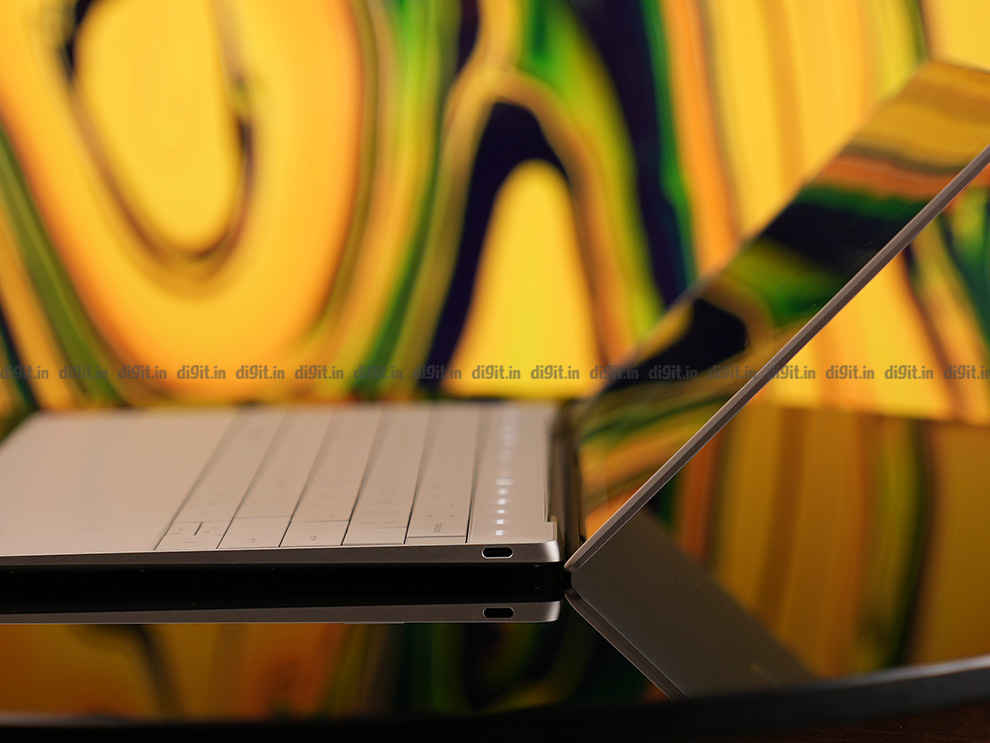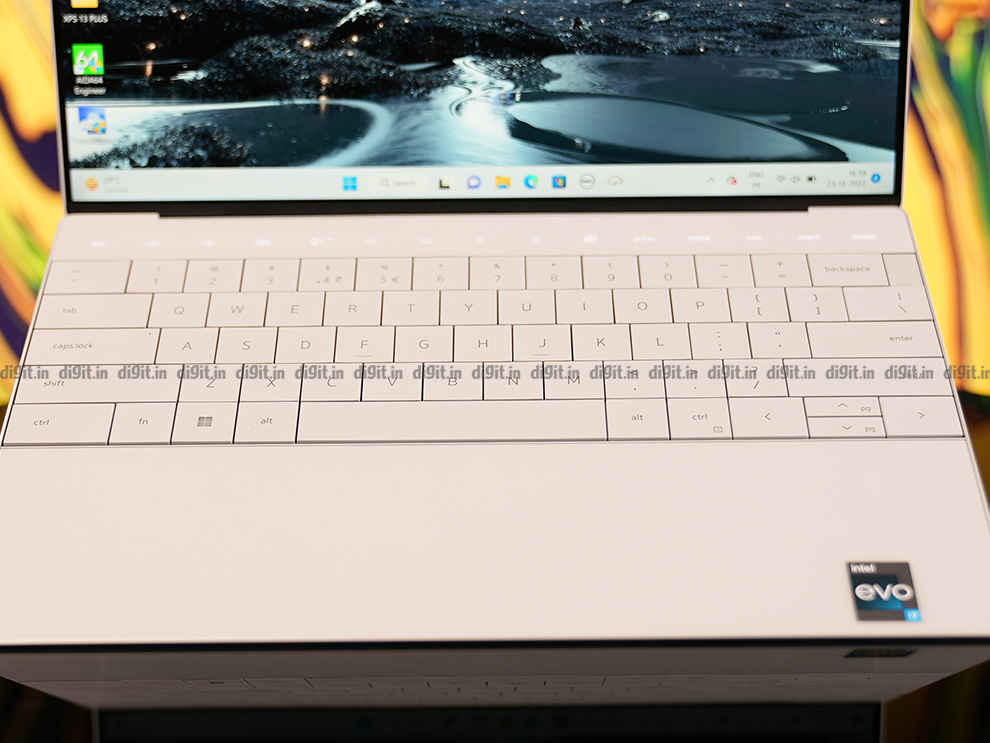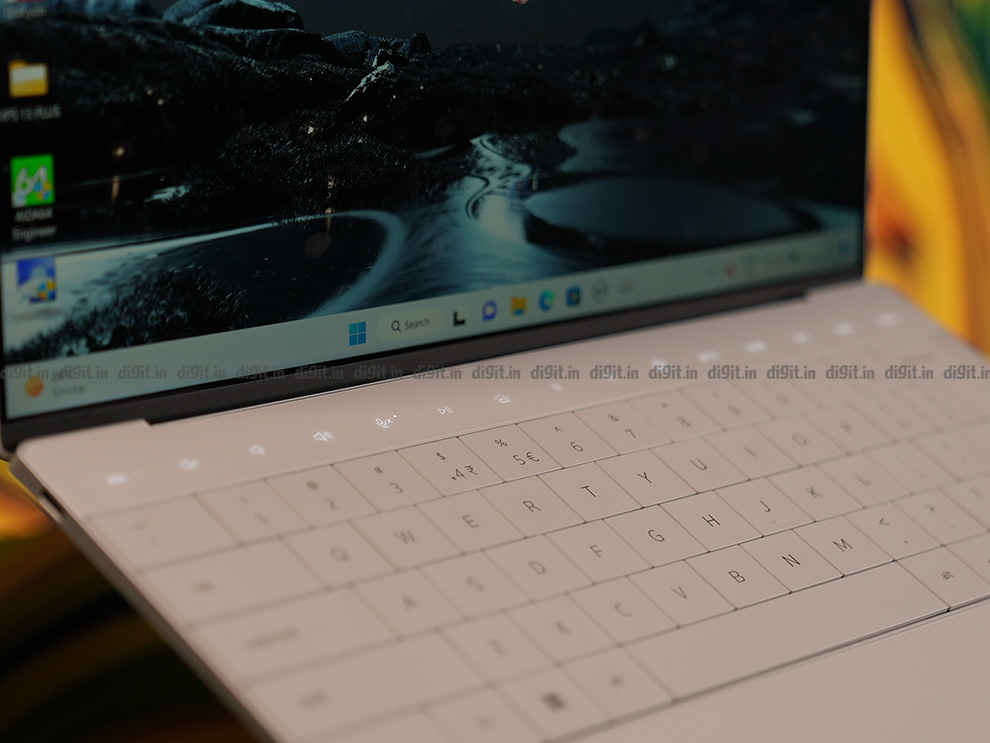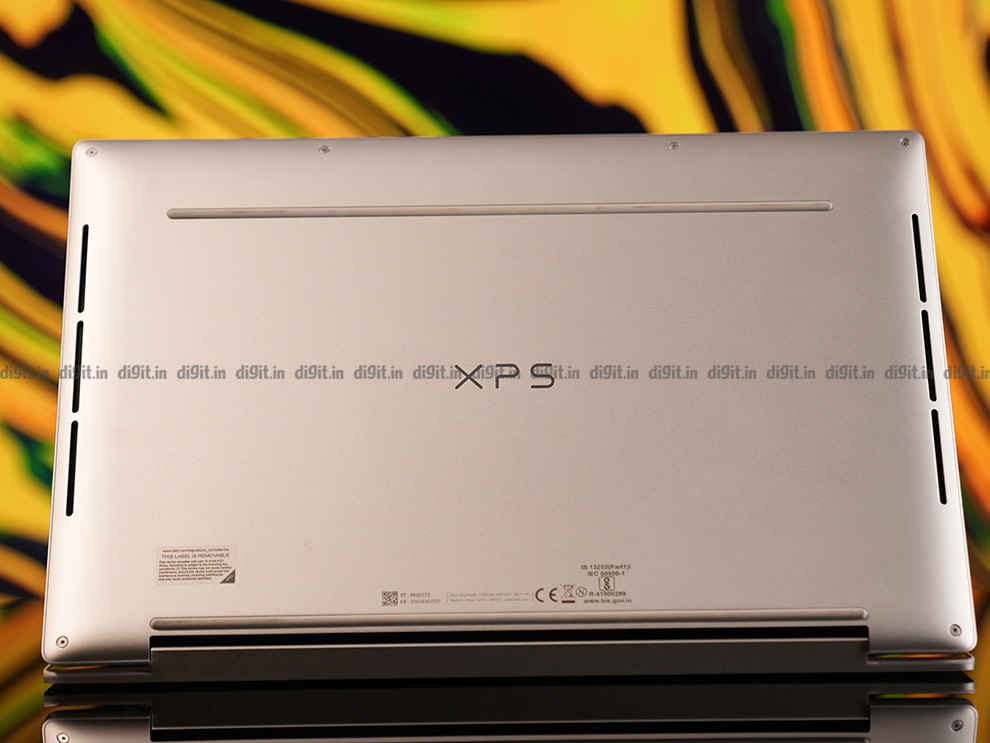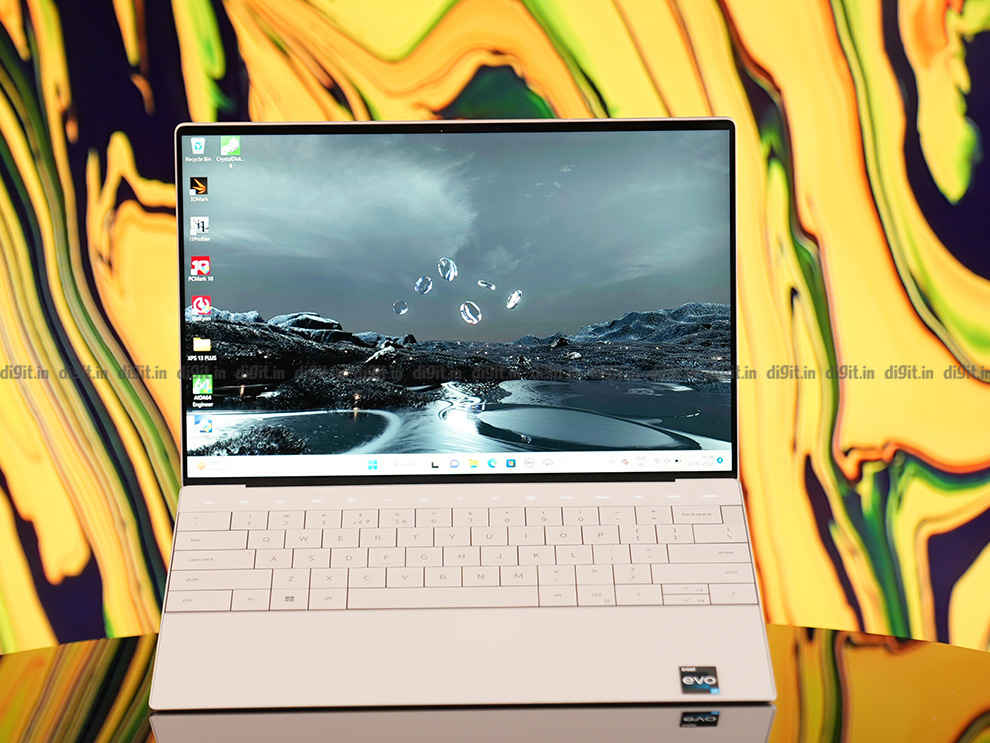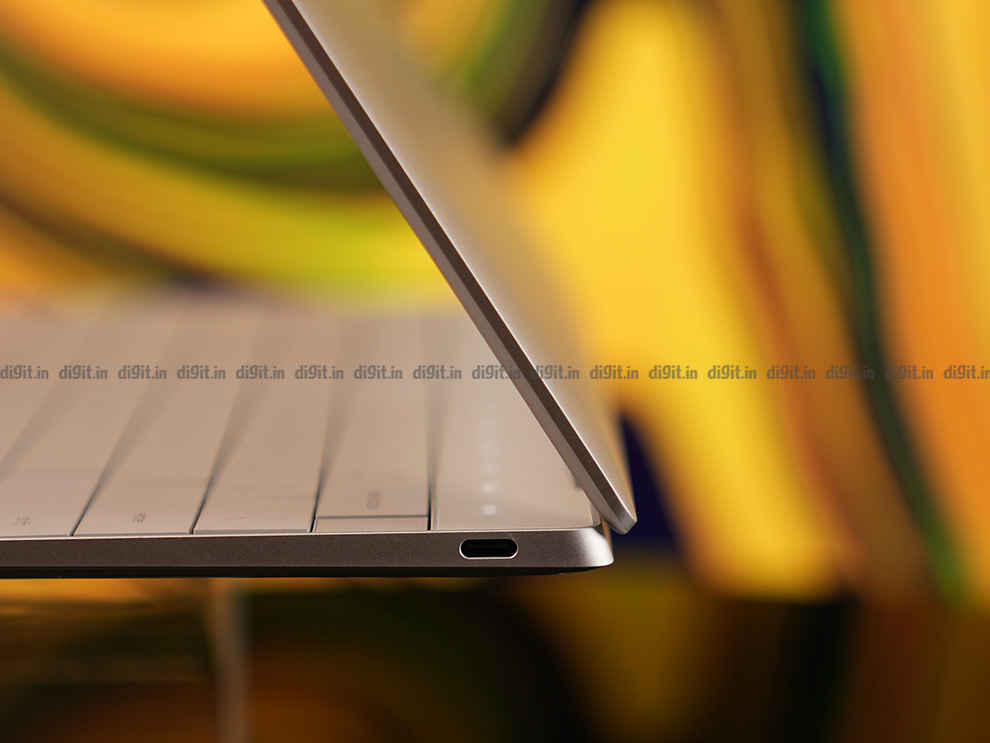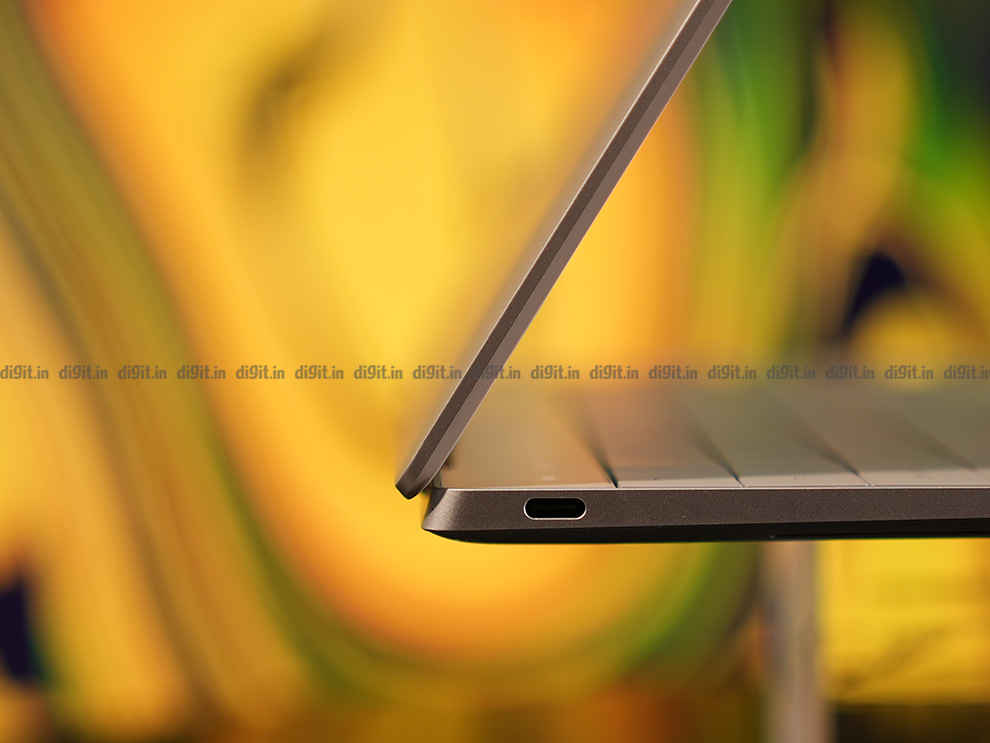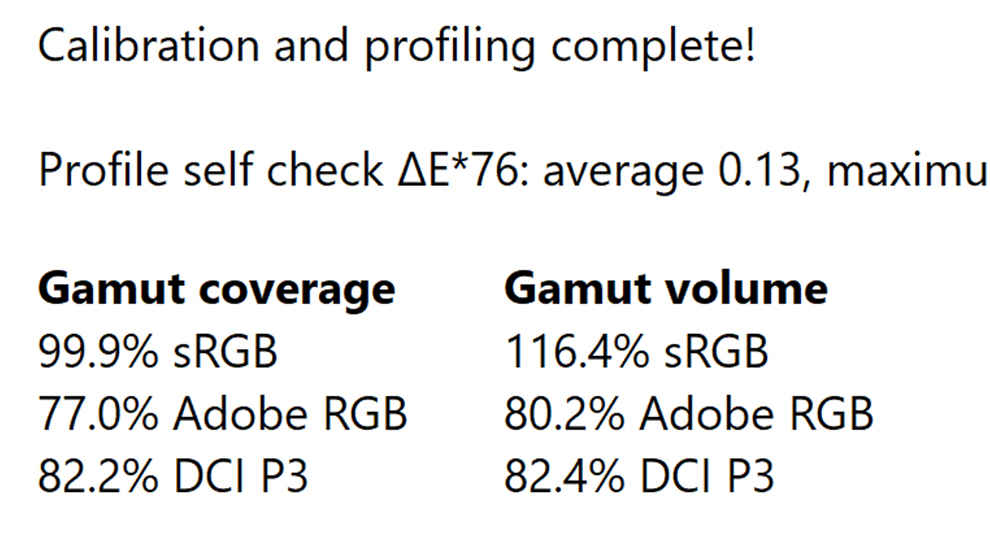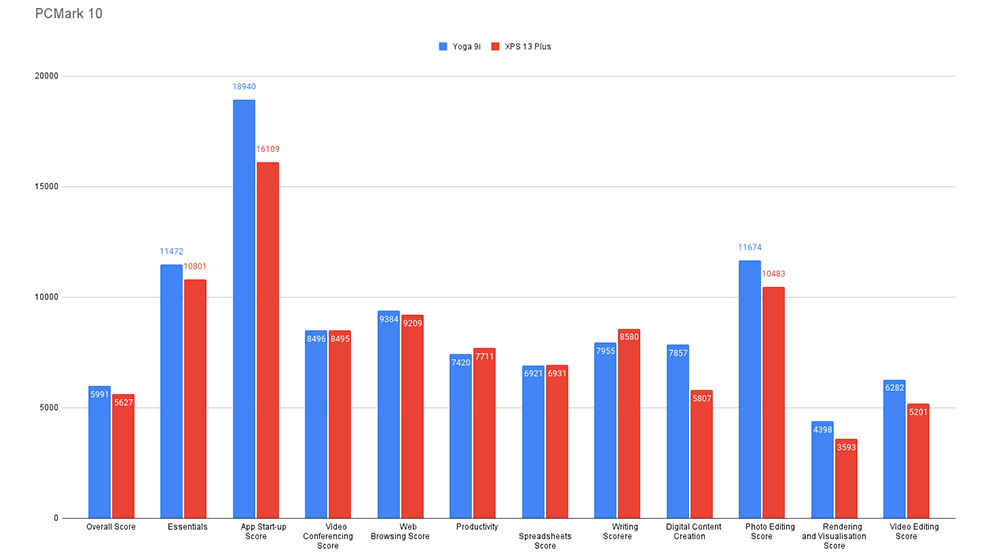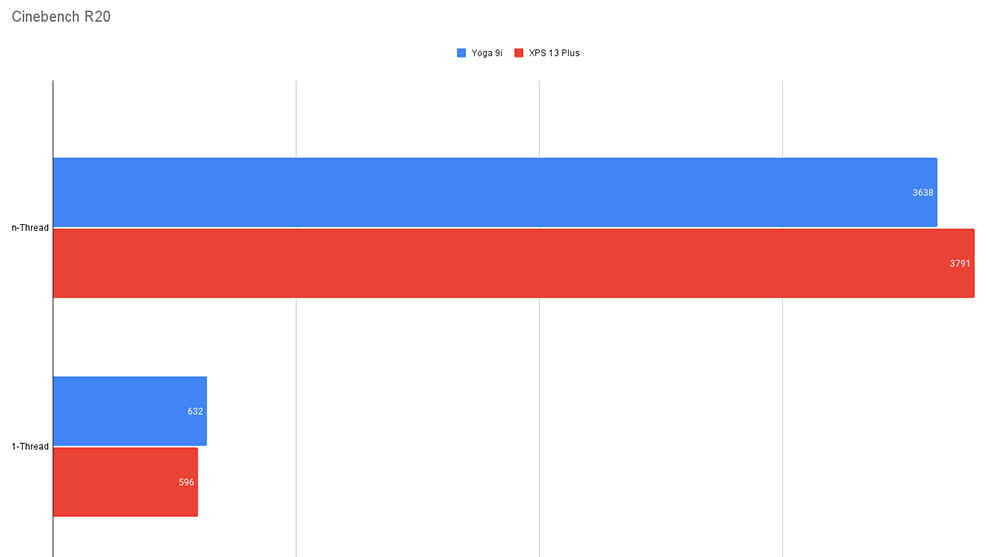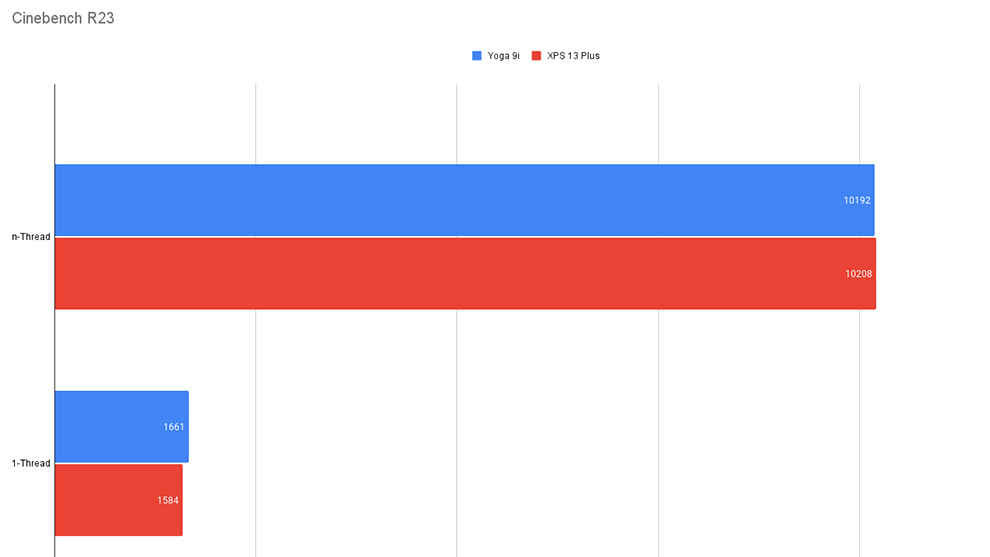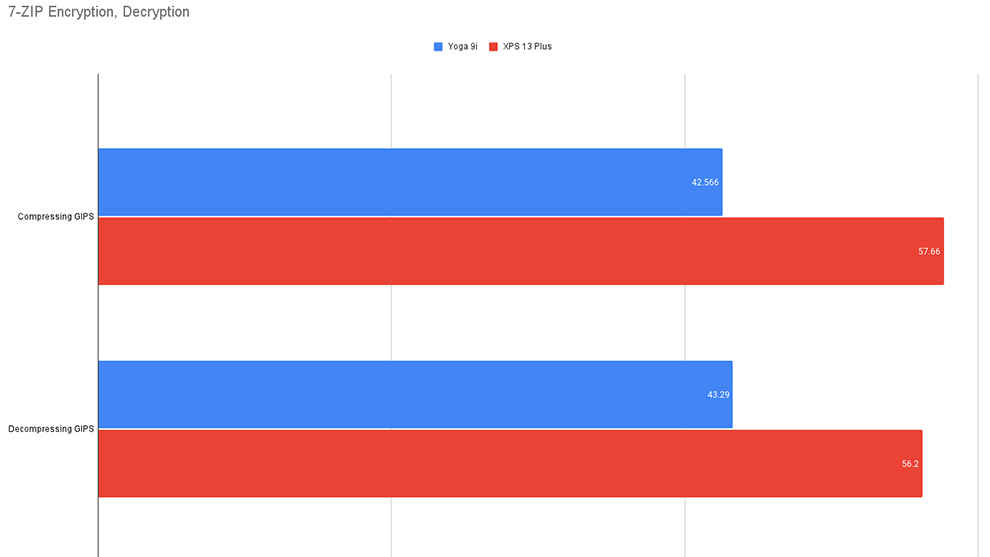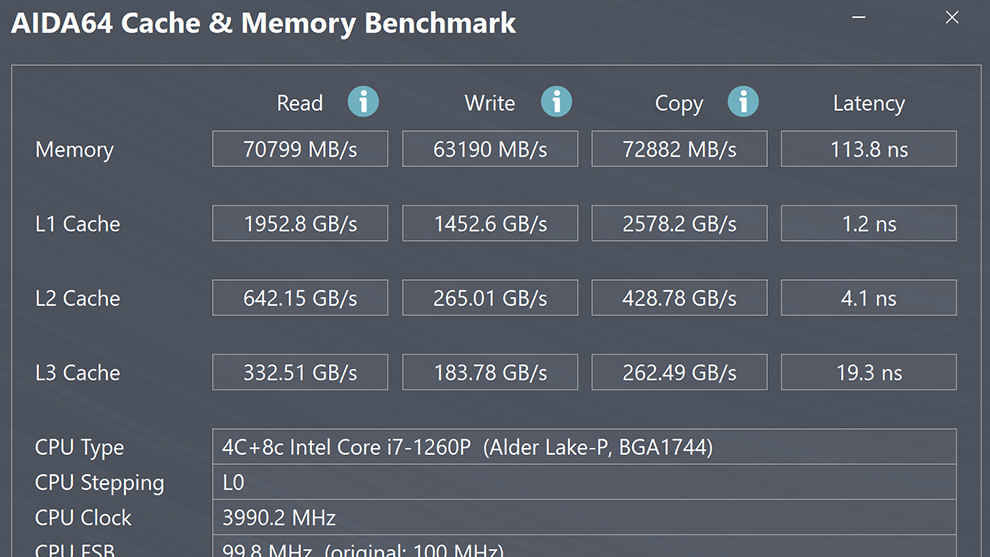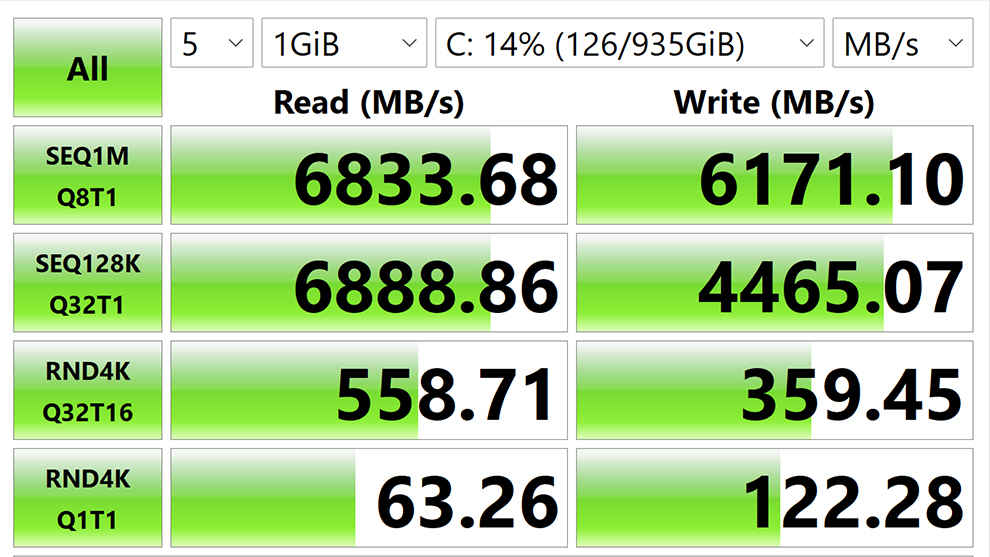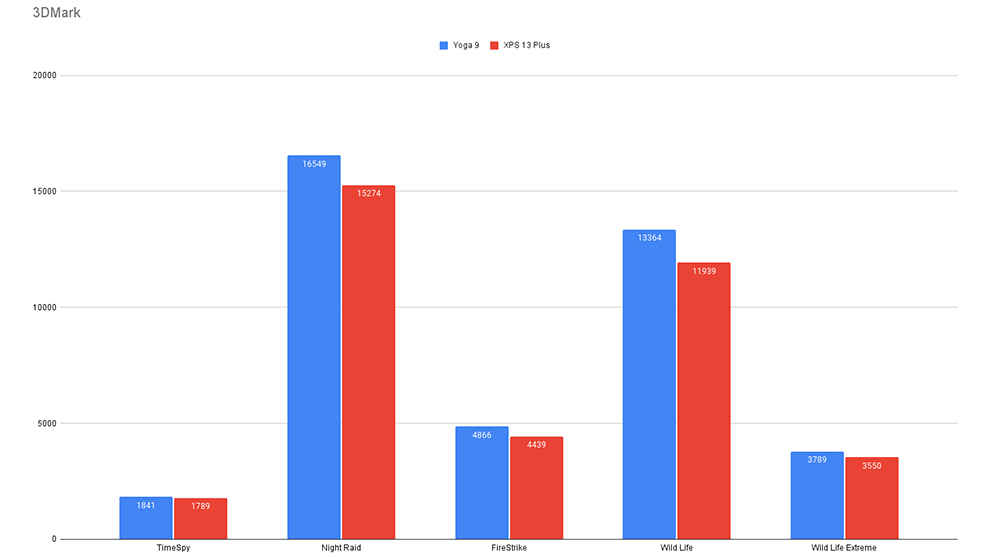Dell XPS 13 Plus Review : Where are all the IO options?
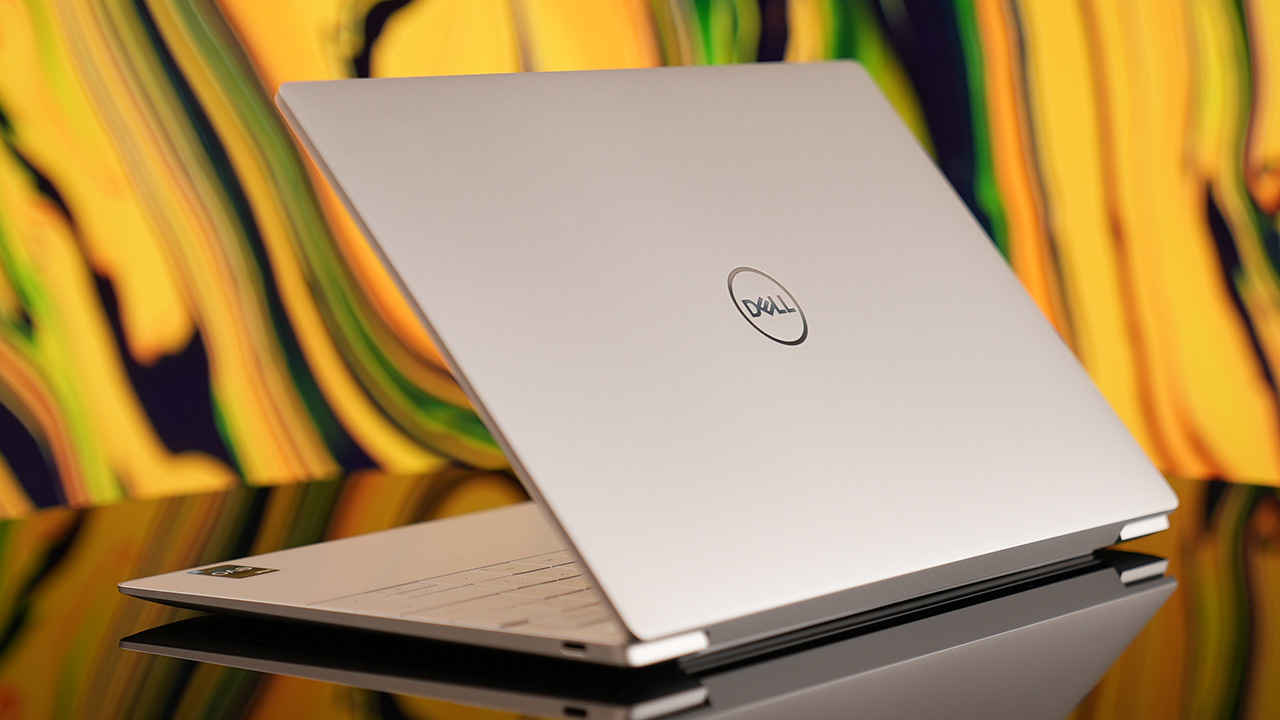
The new Dell XPS 13 Plus features some immediately noticeable changes over its predecessors, the first being the keyboard. The capacitive touch bar that replaces the function keys didn’t feel like it served any additional purpose and felt more like a gimmick. The hardware inside the XPS 13 Plus is top-of-the-line, including the display, and Dell has put in an effort to wring more performance out of the XPS 13 Plus, including a performance mode that makes the laptop fans faster (and louder), but this does impact overall battery life as well. We certainly felt the lack of IO port options, even though the two remaining ports are Thunderbolt 4 ports (which are quite versatile). Overall, the Dell XPS 13 Plus is still a beast of a machine but it felt a bit lacking in certain aspects.
While Dell advertises the Dell XPS 13 Plus as a creator laptop, which competes with the likes of the Acer Swift 3 OLED we recently reviewed and Apple's MacBook Air, among others, at Digit we do not exactly consider these creator laptops. Within our testing categories, they would fall under premium thin and light laptops. While these are certainly fast and powerful machines, and should have no trouble with most creator workloads, they cannot compete with dedicated creator laptops such as MSI's Z16P and Gigabyte's AERO 16 which come with powerful dedicated GPUs as well to handle rendering workloads.
With that said, the Dell XPS lineup of laptops has consistently been a top performer over the years, and the latest Dell XPS 13 Plus 9320 is certainly no slouch either. The unit we received came with a 12th gen Intel Core i7-1260P processor, 16GB of LPDDR5 RAM, 1 TB of NVMe SSD storage and a beautiful, 16:10, 4K touch-screen display. Powering the graphics you have Intel Iris Xe integrated graphics, and all of this comes in a compact package that weighs a little over 1.2 kg. The specs are certainly fantastic on paper, read on to find out how the Dell XPS 13 Plus fared during our benchmarking.
Dell XPS 13 Plus – Build and Design
Let's start with the build and design first. The new Dell XPS 13 Plus stays pretty much in line with the XPS lineup of laptops when it comes to aesthetics, but there are some immediately noticeable changes with the new XPS 13 Plus once you open the lid. The first thing you'll notice is the keyboard. Dell has done away with the chiclet style keyboard and instead uses a more traditional keyboard layout; a welcome change in our opinion.
There are no gaps between the keys and there are no traditional function keys as well. Instead, there's a capacitive touch bar that runs along the top of the keyboard. The entirety of the chassis' width is used for the keyboard, which allows for decently sized keys and an overall pleasant typing experience. Even with the low travel distance, this was probably our most enjoyable typing experience on a thin and light keyboard yet. The power button is at the top right corner of the keyboard, and doubles as a fingerprint scanner as well. Additionally, it's pretty slim, so as to not get into the way you're typing.
Coming to the capacitive bar with the function keys, this is located where the function keys would otherwise be, and is always lit up. The symbols will show you either the special functions associated with them, i.e., brightness control, volume control etc, or your usual F keys depending on whether or not you're holding down the Fn key. We were not big fans of the touch bar however. We didn't see it serving any additional purposes other than being a gimmick and it behaved a bit finicky at times as well. We would have preferred keys instead.
Next we come to the touchpad, which seamlessly blends with the palm rest area of the Dell XPS 13 Plus and uses a single piece of glass. If you're accustomed to using a touchpad you should have no problems, however, it can be a bit confusing to locate exactly where the touchpad begins and ends. Especially when you're trying to right click something.
The XPS 13 Plus has a screen-to-body ratio of 89 percent thanks to its narrow bezels; another point in its favour when it comes to the build and design.
The overall build of the XPS 13 Plus is very robust, thanks to its primarily aluminium body, and we saw no flex whatsoever in both the base and lid.
Dell XPS 13 Plus – IO Ports, Webcam
There's been a bit of a trend with the XPS laptops over the years with each iteration shedding ports. The new XPS 13 Plus comes with only two Thunderbolt 4 USB-C ports; one on either side, and that's it. They've done away with the 3.5 mm stereo jack and card reader which was present in the previous XPS 13. We honestly don't see why they've done this, but we definitely felt the lack of ports while we were using the XPS 13 Plus.
The XPS 13 comes with a 720p webcam, which was a bit surprising; we were expecting a 1080p sensor. That said, the picture quality is decent in good lighting conditions.
Dell XPS 13 Plus – Display
The XPS 13 Plus comes with a UHD+ 4K touch display with a refresh rate of 60Hz. The display comes with an advertised brightness of 500 nits, but we got closer to 400 peak average brightness during our testing.
Coming to colour accuracy, the Dell XPS 13 Plus scored 99.9% in sRGB coverage, and 82.2% in DCI-P3 coverage. While these are good scores, this is not the best display we've tested, even within this segment. Both the Lenovo Yoga 9i, and the Acer Swift 3 OLED score much higher in the display department. That said, it should work just fine for your photo and video creator workloads.
Dell XPS 13 Plus – Performance
Since the XPS 13 Plus is very similarly specced to the Lenovo Yoga 9i, we'll be drawing comparisons between the two laptops. The XPS 13 Plus comes with a top-of-the-line 12th gen Intel Core i7-1260P processor, which falls only slightly short of the i7-1280P processor which is present in the Lenovo Yoga 9i. The benchmark results reflect the same as well, but the XPS 13 Plus even manages to top Yoga 9 in some benchmarks. Either way, you will get great performance out of the XPS 13 Plus.
PCMark 10
Cinebench R20, R23
7-ZIP
Coming to memory, both the XPS 13 Plus and the Yoga 9i come with 16GB of LPDDR5 RAM clocked at 5200 MHz. Looking at our scores on AIDA64, they're extremely close for the most part, but the Yoga 9i does have a slight edge.
AIDA64
When it comes to storage, again, both these laptops come with 1TB Samsung SSDs, however here the Dell XPS 13 Plus had the Yoga 9i beat in almost all aspects as can be seen in our CrystalDiskMark benchmarks, so you're certainly getting a superfast SSD for your mobile creator needs.
CrystalDiskMark
We did find that the Dell XPS 13 Plus throttles a lot more than the Yoga 9i, and the only solution would be to put the laptop on performance mode. While this certainly helps with performance, the fans start getting pretty loud. The laptop runs hotter overall too, so something to keep in mind.
This was most evident during our synthetic GPU benchmarks, which we ran for the integrated graphics. Once again, both laptops feature Intel Iris Xe integrated graphics, but the Dell XPS 13 Plus fell slightly short. The scores still aren't bad, and the presence of two Thunderbolt 4 ports means that you can utilise an external GPU for graphically intensive workloads.
3DMark
The Dell XPS 13 Plus is certainly one of the more powerful premium thin and light laptops we’ve tested this year, but it fell short of being the best.
Dell XPS 13 Plus – Verdict
The new Dell XPS 13 Plus features some immediately noticeable changes over its predecessors, the first being the keyboard. The capacitive touch bar that replaces the function keys didn’t feel like it served any additional purpose and felt more like a gimmick. The hardware inside the XPS 13 Plus is top-of-the-line, including the display, and Dell has put in an effort to wring more performance out of the XPS 13 Plus, including a performance mode that makes the laptop fans faster (and louder), but this does impact overall battery life as well. We certainly felt the lack of IO port options, even though the two remaining ports are Thunderbolt 4 ports (which are quite versatile). Overall, the Dell XPS 13 Plus is still a beast of a machine but it felt a bit lacking in certain aspects.
Manish Rajesh
Manish can usually be found fervently playing video games of all kinds or… no wait he’s pretty much always playing games View Full Profile

